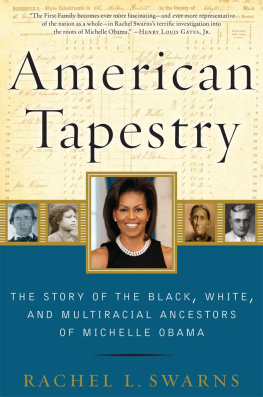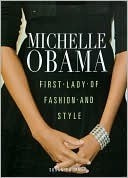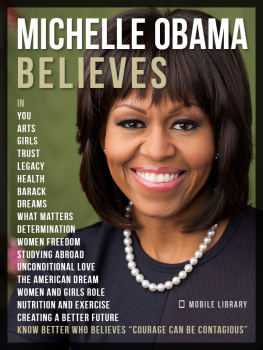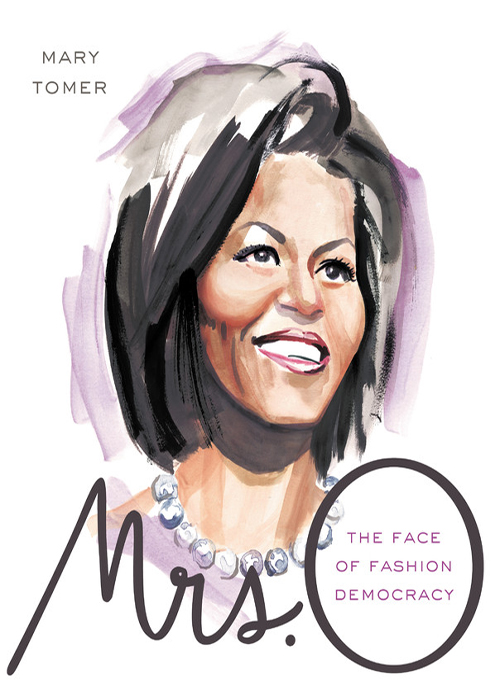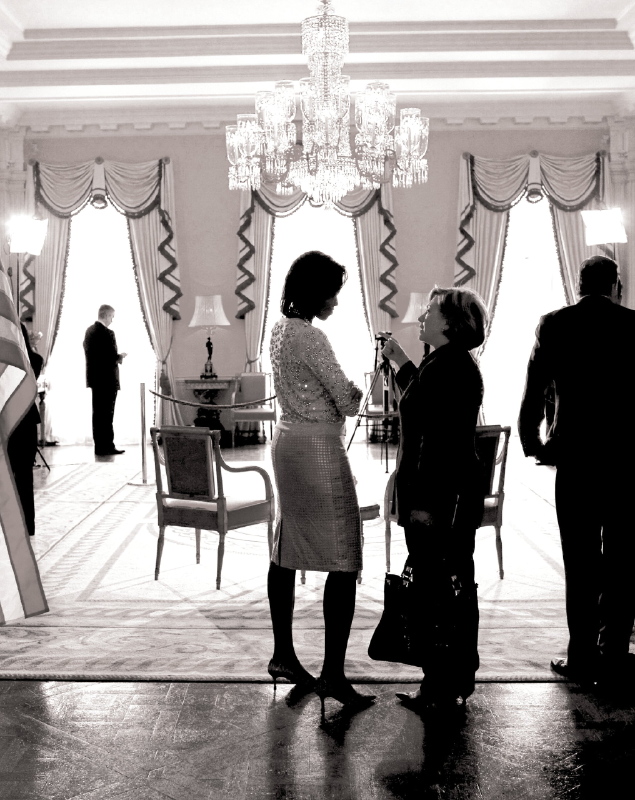
Copyright 2009 by Bartle Bogle Hegarty, LLC
All rights reserved. Except as permitted under the U.S. Copyright Act of 1976, no part of this publication may be reproduced, distributed, or transmitted in any form or by any means, or stored in a database or retrieval system, without the prior written permission of the publisher.
Center Street
Hachette Book Group
237 Park Avenue
New York, NY 10017
Visit our website at www.HachetteBookGroup.com
www.twitter.com/centerstreet
Center Street is a division of Hachette Book Group, Inc.
The Center Street name and logo are trademarks of Hachette Book Group, Inc.
First eBook Edition: November 2009
ISBN: 978-1-59995-312-0
This book is dedicated to Michelle Obama,
first lady of the United States
the woman who unites and inspires us all.
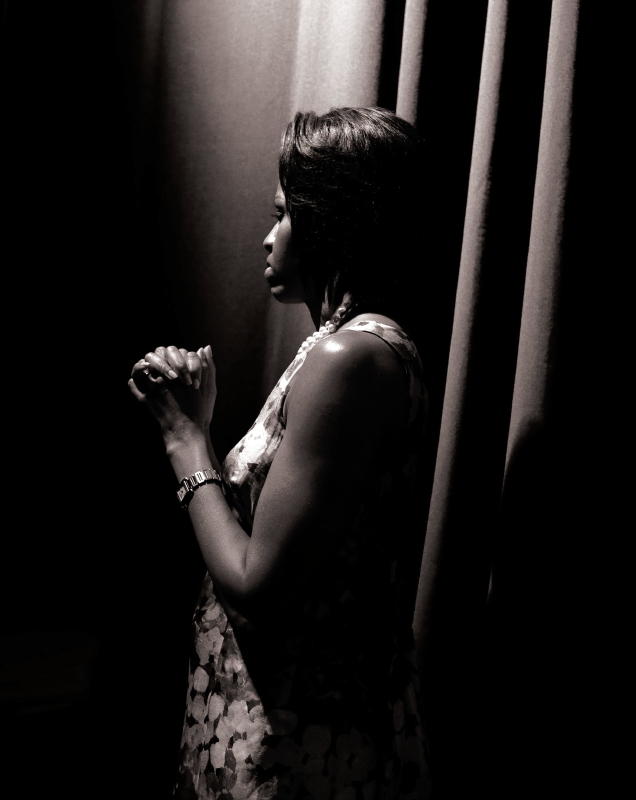
P erched on my couch in August 2008, I intently watched the Democratic National Convention coverage. I had already tuned into Michelle Obamas style as media stories began to surface every few monthsa profile in Vogue, a feature story in the New York Times, and who could have missed the frenzy sparked by the black and white Donna Ricco dress worn on The View? But it was during the convention that I became captivated.
I found myself profoundly impressed by Michelle Obamas confidence, intelligence, and gracious spirit, and inspired that such strength and self possession could exist in harmony with a feminine, almost romantic, style sensibility. While strong and feminine shouldnt be at odds, the dress codes of our culture can be remarkably outdated, particularly in the realm of politics. With Mrs. Obamas style, a new era of body-hugging silhouettes, jewel tones, floral prints, and brooches was ushered inunapologetically feminine details that quickly dismissed the boxy skirt suit as anonymous, old-fashioned, and, well, square.
On a more immediate level, I was simply taken with her beautiful clothes. By the second night of the convention, I was excitedly Googling to find out more. Who had designed her dress? Was the fabric a brocade? And what did others think?
Certainly, I couldnt be the only one interested. Unable to find a central online resource that tracked and discussed Michelle Obamas style, I decided to create my own blog and sought help from my employer to build and design itthe genesis of Mrs-O.org. The site has grown into a buzzing community, attracting women and men of all ages, from all parts of the world. Its success has, in turn, led to the wonderful opportunity of writing this book.
It is difficult for many, myself included, to separate how we feel about Michelle Obama, the woman, and how we feel about her style. We are intrigued by the composite womanan accomplished professional; a devoted mother, wife, and daughter; a woman in touch with her own well-being, who manages to pull it all off with an impeccably chic sense of style. We can perceive that the same qualities we admire in the first ladyher energetic spirit, intelligence and authenticityalso radiate through her clothes.
At their most basic, clothes are a form of creative expression and visual communication. And in the way that clothes can speak without using words, Michelle Obamas style speaks volumes. Through her clothes, Mrs. Obama conveys astute awareness of the occasion and mood, choosing ensembles that are full of nuanced meaning: collegiate to meet school children, modern professional to tour federal agencies, understated elegance to meet the Queen of England, knock-out glamour to host a state dinner.
While the first ladys wardrobe has become regular fodder for the global media, a story not as widely told is the substance of the clothes themselves. Mrs. Obamas wardrobe is largely acquired through Chicagos Ikram, one of the most progressive and fashion-forward boutiques in the world. Its owner and curator, Ikram Goldman, has taken on an unofficial role as advisor and style confidante for the first lady. It is Ikrams masterful, unerring eye, in great part, that has presented the first lady with such a range of wonderful designers to choose from. Their designs compose a wardrobe increasingly known for its diversity and eclecticismqualities that reflect the way a modern, twenty-first century woman dresses.
At the high end of fashion, Mrs. Obama has gravitated toward designers who value old-world craftsmanship and independent thinking. She has eschewed many of the big names in favor of smaller, well-established ateliers and rising design stars. Through Michelle Obamas patronage, American designers have received national and international recognition, many for the first time. While Mrs. Obama has done wonders to bolster the American fashion industry, she has embraced select European and Japanese designers as well.
Mrs. Obamas style is not limited to high design. She incorporates the full spectrum of fashion, as designs from affordable retailers are seamlessly mixed into her wardrobe. For the first time in history, Americans have access to the very same clothes the first lady wears, a gesture that conveys a down-to-earth sensibility. But the magic lies in the balance. Mrs. Obamas style adeptly unites accessibility with high wattage glamour. We relate to the clotheslike the womanas both familiar and inspirational.
Democracy exists not just in the fashion, but in the perspective. Mrs-O.org has become an authority on Michelle Obamas style, a forum for people to share different points of view and mutual enthusiasm about the first ladys style. This book contains commentary from those inside the fashion community, who know the ins and outs of the industry best, and ends with final words from the site communityreal world style experts in their own right.
Michelle Obamas personal style has become remarkable common ground, connecting us in a real and human way, even in the blogosphere. My intent with this book is to capture the inspiration that the first ladyand her impeccable, democratic sense of styleoffers to so many of us.
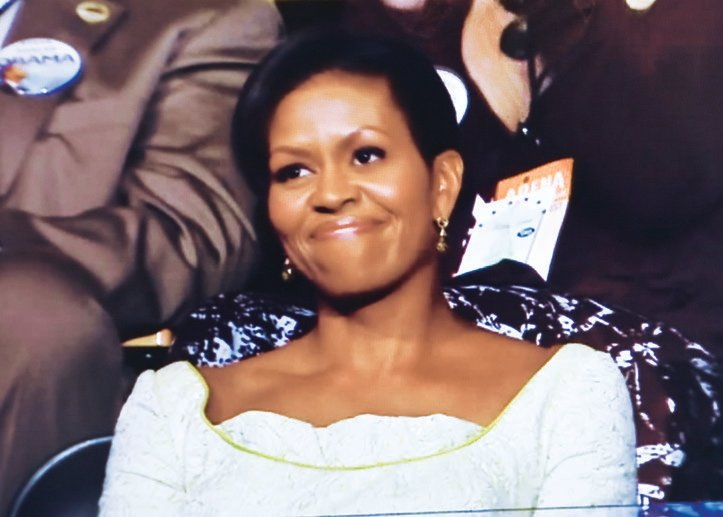
First
Sketches
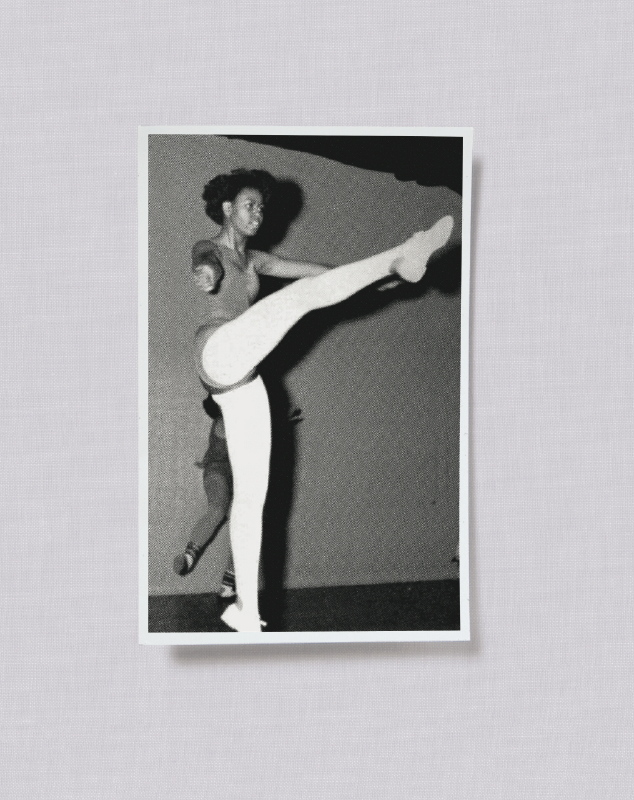
JANUARY 17, 1964
Michelle LaVaughn Robinson is born in Chicago. She and her brother Craig, two years older, are raised by their parents Fraser and Marian Robinson. They live on the top floor of a brick bungalow on the South Side of the city. Michelles great-aunt, who lives downstairs, teaches Michelle to play the piano. Michelles mother, Marian Robinson, would later tell Chicago magazine, she would practice the piano for so long youd have to tell her to stop.
1970s
Michelle skips the second grade, and by the sixth grade, joins a gifted class at Bryn Mawr Elementary (now the Bouchet Math and Science Academy). She would describe her childhood to The New Yorker, Not a whole lot of money. Going to the circus once a year was a big deal. Getting pizza on Friday was a treat. Summers were long and fun.


